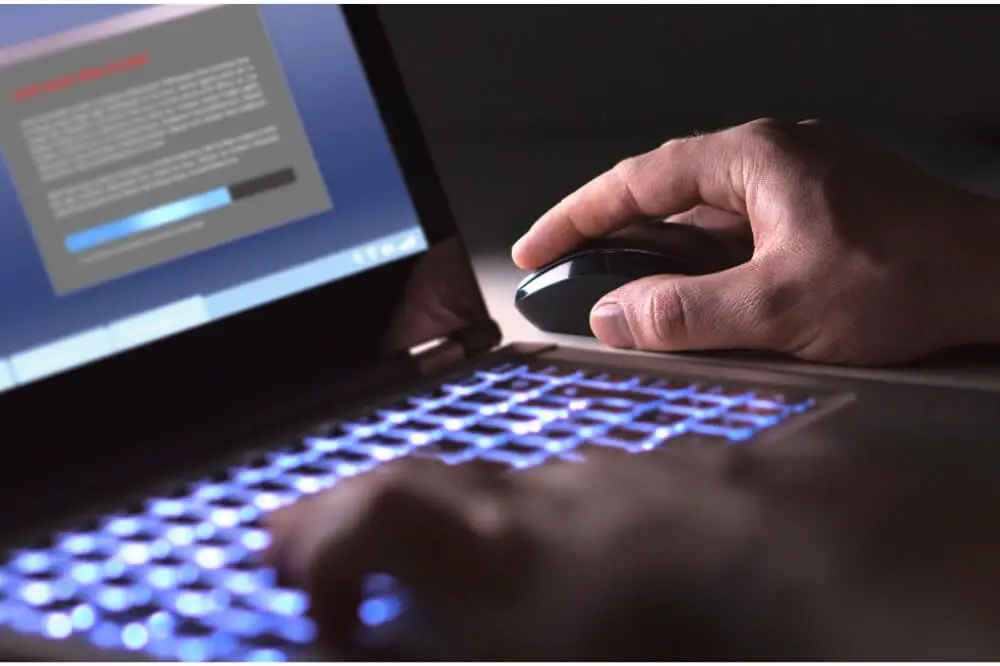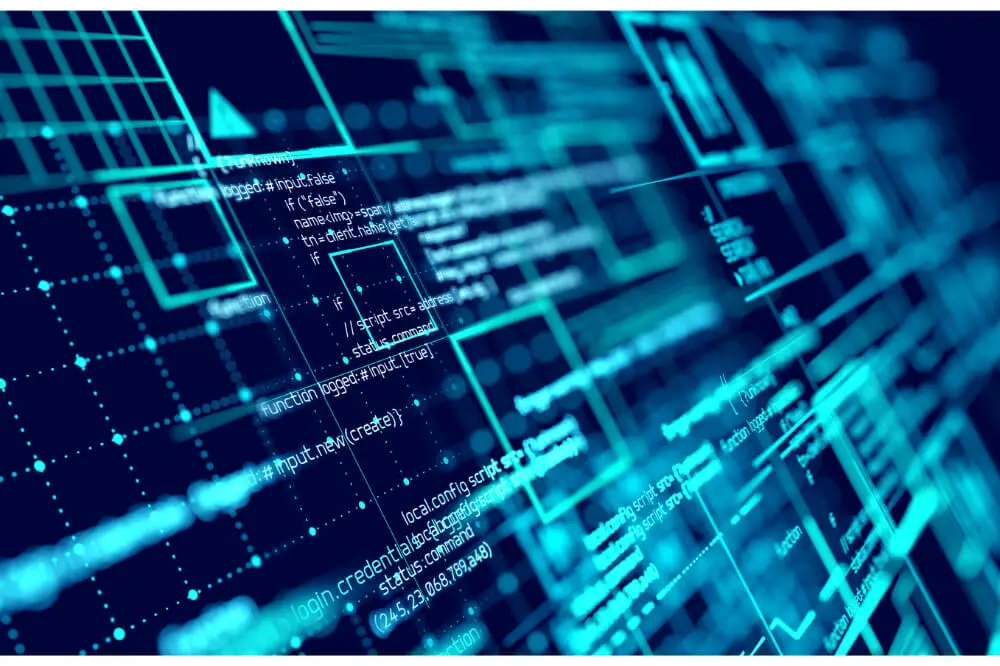Arduino is a powerful prototyping tool that’s loved by many due to its many exceptional benefits. This includes its simplicity, a broad range of benefits available libraries, and lacking a dedicated programmer.
If this is something that you might find interesting, then one of the first things you need to learn is how to download code into Arduino.
All this will be done on your Arduino IDE (Integrated Development Environment). This is an open-source software that’s readily available to install and begin to compile the code.
And although downloading code into Arduino might sound complicated, it actually isn’t. If you still don’t know where to start, here’s an exhaustive guide on how to download code into Arduino.

What Will You Need?
Before you can even start to download code into Arduino, there are a couple of things needed for this to be completed successfully. This includes:
- Arduino IDE
- Arduino UNO
- Windows 7, Windows 8, Windows 10, Linux OS or Mac
- USB B Cable
- Around 15 minutes
Steps To Download Code Into Arduino
Step 1: Download and Install Arduino IDE
You should start by downloading the Arduino IDE from Arduino’s official site. The Arduino board allows for communication with a host computer because it uses the USB to serial converter connection. Therefore, this makes it compatible with many of the computers which feature a USB port.
But before this, you’ll first need an IDE. There are numerous IDE versions released by the Arduino designers that can function in the various operating systems such as Linux, Mac, and Windows.
For this guide, we’ll be using Windows 10. If you don’t use Windows 10, make sure you’ve downloaded the correct IDE version and then enable all or most of the options, such as the drivers.
Step 2: Get The Arduino COM Port Number
The next thing you should do is connect your computer and the Arduino Uno board using a USB B connection. Using the USB connection, you’ll not have to connect the Arduino to any socket since it delivers 5V up to 2A.
After connecting the Arduino, it should be recognized by your computer’s operating system as a generic COM port. You should then search for the port number after it’s been recognized by the operating system. The simplest way to do this is by going to the Windows Search and typing “device manager.” You should then choose Device Manager once it pops up.
Once you get to the Device Manager window, search for the gadget under “Ports (COM & LPT)”. It’s highly likely that the only item on this list will be the Arduino.
However, there are some instances where Arduino isn’t recognized automatically by your computer. If this does happen, you should uninstall the diver, take out the Arduino, and consequently reinsert the Arduino.
You should then locate the unidentified gadget, click “Update driver” and after that, click “Search automatically.” Doing this should do away with 99 out of 100 issues you might experience when using Arduino.
In some cases, using Windows with COM ports can be really troublesome. The reason for this is that sometimes the number between these connections change automatically.
For instance, your Arduino might show on port 7 in one day, and another day, its port number may be moved by Windows. This is a common occurrence due to connecting your system to other COM ports.
If this is something you often do, you shouldn’t be too concerned as this can be fixed quickly. All you need to do when your Arduino isn’t showing on your port is to use the Device Manager and confirm the actual port. If it isn’t correct, you should update the driver, and this will restore it back.
Step 3: Configure You Arduino IDE
After confirming which COM port your Arduino is on, the next thing to do is loading the Arduino IDE. You should then use this same gadget and port when configuring it. When doing this, the first thing to do is to load the IDE and once it’s been loaded, go to Tools > Boards > Arduino Uno. Nonetheless, you must always choose the correct board when using a different board.
The next thing to do is instructing the IDE to the COM port where you’ve connected the Arduino. When doing this, you’ll need to go to Tools > Port > COM7. If the Arduino is connected to a different port, you should instead choose that port.
Step 4: Load A Basic Example
For you to better understand what needs to be done, we’ll load on the Arduino IDE an example. In this example, we shall make the onboard LED blink continuously for a second.
You should start by clicking File > Examples > 01. Basics > Blink.
After this example is loaded, the next thing is verifying and uploading the code. During the verification stage, you’ll be checking for any errors and consequently compile to the Arduino the ready-for-uploading code. The binary data made from the code is what is taken by the upload stage, and it’s via the serial ports that it’s uploaded to Arduino.
You should then press the check mark button showing on the window’s upper left part to confirm and compile the code.
Once the compilation is completed successfully, you’ll see a message showing below the IDE in the output window. If words like “WARNING” or “ERROR” don’t show, then the compilation has been a success.
After this code is compiled, the next thing to do is uploading it onto the Arduino Uno. You should do this by clicking the arrow showing adjacent to the check mark.
Conclusion
If you’re still learning how to use Arduino, one of the first things you need to know is the steps of downloading code into Arduino. These steps aren’t as hard to follow, and reading through the step-by-step guide has helped show that.
Therefore, you shouldn’t feel hesitant to try it out, and all that’s required from you is being observant in everything you do while learning ways of downloading code into Arduino. With practice, you’ll get to see that this is actually very simple.


